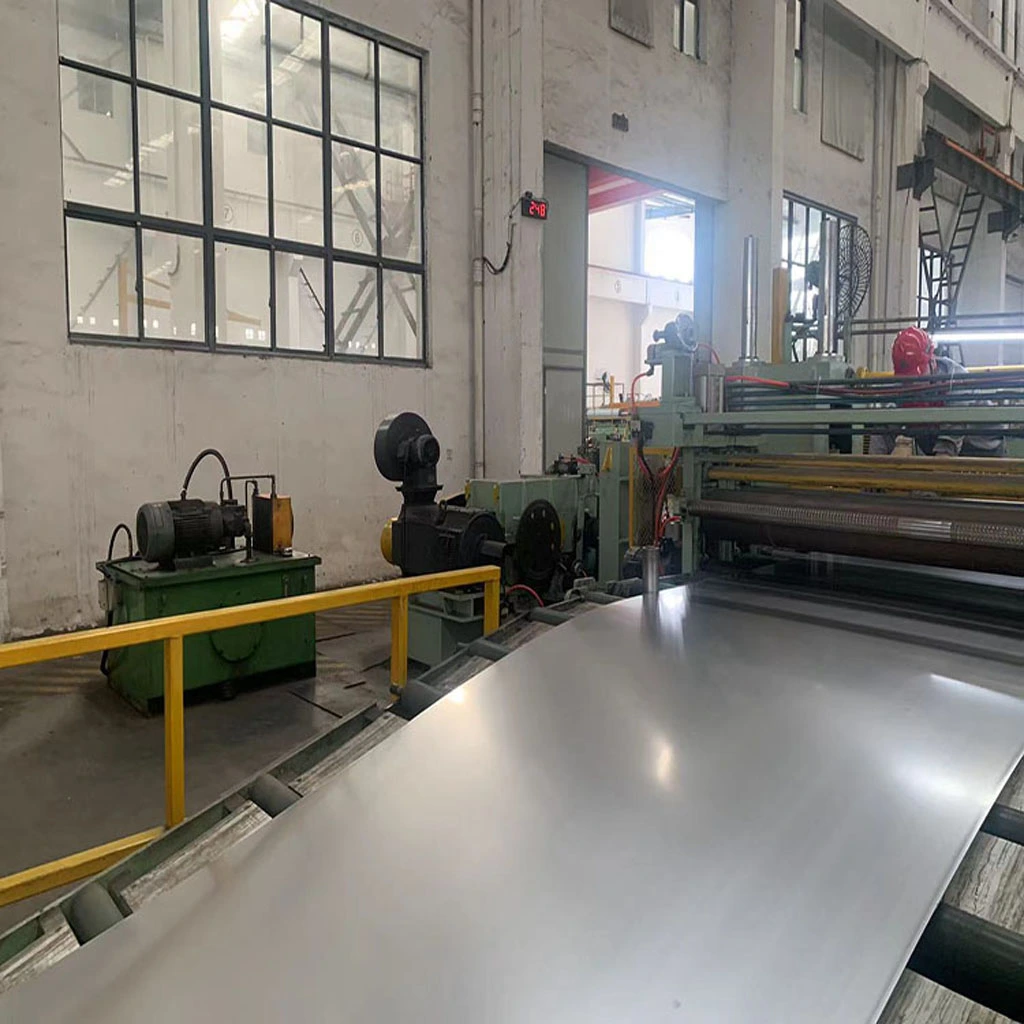About 303 stainless steel
2023-06-01
What is 303 stainless steel?
303 stainless steel is a popular and versatile material known for its excellent machinability and corrosion resistance. It is a non-magnetic austenitic stainless steel that belongs to the 18-8 chromium-nickel stainless steel family. The addition of sulfur to its composition enhances its machinability, making it a preferred choice in applications where intricate and precise machining is required. 303 stainless steel offers good resistance to atmospheric corrosion, mild chemical environments, and oxidizing agents, making it suitable for use in various industries, including aerospace, automotive, medical, and food processing. Its balanced combination of mechanical properties, such as high tensile strength and good toughness, along with its ease of fabrication, makes 303 stainless steel a reliable and widely used material for a wide range of applications.
Chemical composition of 303 stainless steel
The chemical composition of 303 stainless steel typically includes the following elements:
Chromium (Cr): 17-19%
Nickel (Ni): 8-10%
Manganese (Mn): 2% max
Silicon (Si): 1% max
Carbon (C): 0.15% max
Phosphorus (P): 0.20% max
Sulfur (S): 0.15-0.35%
These elements contribute to the unique properties of 303 stainless steel, such as its corrosion resistance, machinability, and mechanical strength. The high chromium and nickel content provide excellent resistance to corrosion and oxidation, while the sulfur addition improves machinability. The low carbon content helps minimize carbide precipitation during welding, reducing the risk of intergranular corrosion. The balanced composition of 303 stainless steel makes it a versatile material suitable for various applications that require both corrosion resistance and excellent machinability.
What are the mechanical properties of 303 stainless steel?
303 stainless steel is a kind of free-cutting stainless steel, which is mainly used in occasions requiring easy cutting and high gloss. The mechanical properties of 303 stainless steel are as follows:
Tensile strength σb (MPa): ≥520
Conditional yield strength σ0.2 (MPa): ≥205
Elongation δ5 (%): ≥40
Reduction of area ψ (%): ≥50
Hardness: ≤187HB; ≤90HRB; ≤200HV
What are the physical properties of 303 stainless steel?
The physical properties of 303 stainless steel are as follows:
Density: 7.93g/cm³
Specific heat capacity: 0.5J/(g·℃)
Thermal conductivity: 16.3W/(m·K)
Linear expansion coefficient: 17.3×10^-6/K
Elastic modulus: 193GPa
Resistivity: 0.72μΩ·m
It should be noted that the mechanical properties of 303 stainless steel will vary due to factors such as heat treatment, cold working and the specific manufacturing process used. Generally speaking, 303 stainless steel has moderate strength and good ductility, and is suitable for applications requiring good machinability and moderate mechanical properties.
What are the characteristics of 303 stainless steel?
303 stainless steel is a popular type of stainless steel alloy known for its excellent machinability. It belongs to the austenitic family of stainless steels and contains a combination of different elements that contribute to its specific characteristics. Here are some key features of 303 stainless steel:
Corrosion Resistance: 303 stainless steel offers good corrosion resistance, particularly in mildly corrosive environments. It is resistant to atmospheric conditions, fresh water, and a wide range of organic and inorganic chemicals.
Machinability: One of the standout features of 303 stainless steel is its exceptional machinability. It contains sulfur, which acts as a lubricant during machining operations, improving chip breakability and reducing tool wear. This makes it easier to shape, drill, cut, and thread compared to many other stainless steel grades.
Non-magnetic: 303 stainless steel is non-magnetic in its annealed condition. This property can be advantageous in certain applications where magnetic interference needs to be minimized.
Strength and Hardness: While not as strong as some other stainless steel alloys, 303 stainless steel still exhibits good strength and hardness. It offers decent tensile strength and can maintain its mechanical properties at elevated temperatures.
Weldability: 303 stainless steel can be welded using common methods such as resistance welding, arc welding, and fusion welding. However, it is important to note that the presence of sulfur can lead to decreased weldability and potential issues such as hot cracking.
Surface Finish: This stainless steel grade is often chosen for applications that require a smooth and polished surface finish. It is commonly used in the production of shafts, valves, and fittings where aesthetics are important.
It is worth mentioning that 303 stainless steel is not as corrosion resistant as other austenitic stainless steel grades, such as 304 or 316. Therefore, it may not be suitable for highly corrosive environments or applications involving exposure to chloride-containing solutions.
What are the common applications of 303 stainless steel?
303 stainless steel finds application in various industries due to its specific characteristics. Its excellent machinability makes it a popular choice for the production of parts and components that require precise shaping, such as shafts, bushings, fittings, and fasteners. The sulfur content in 303 stainless steel aids in chip breaking and promotes smooth and efficient machining processes. Its non-magnetic property makes it suitable for applications where magnetic interference needs to be minimized. Additionally, the alloy’s good corrosion resistance makes it suitable for use in mildly corrosive environments, such as in the automotive industry for fittings and connectors, in the food processing industry for equipment and utensils, and in the medical field for surgical instruments. Furthermore, its attractive surface finish makes it ideal for architectural applications and decorative purposes. Overall, 303 stainless steel is widely employed in industries that prioritize machinability, corrosion resistance, and a polished appearance.
